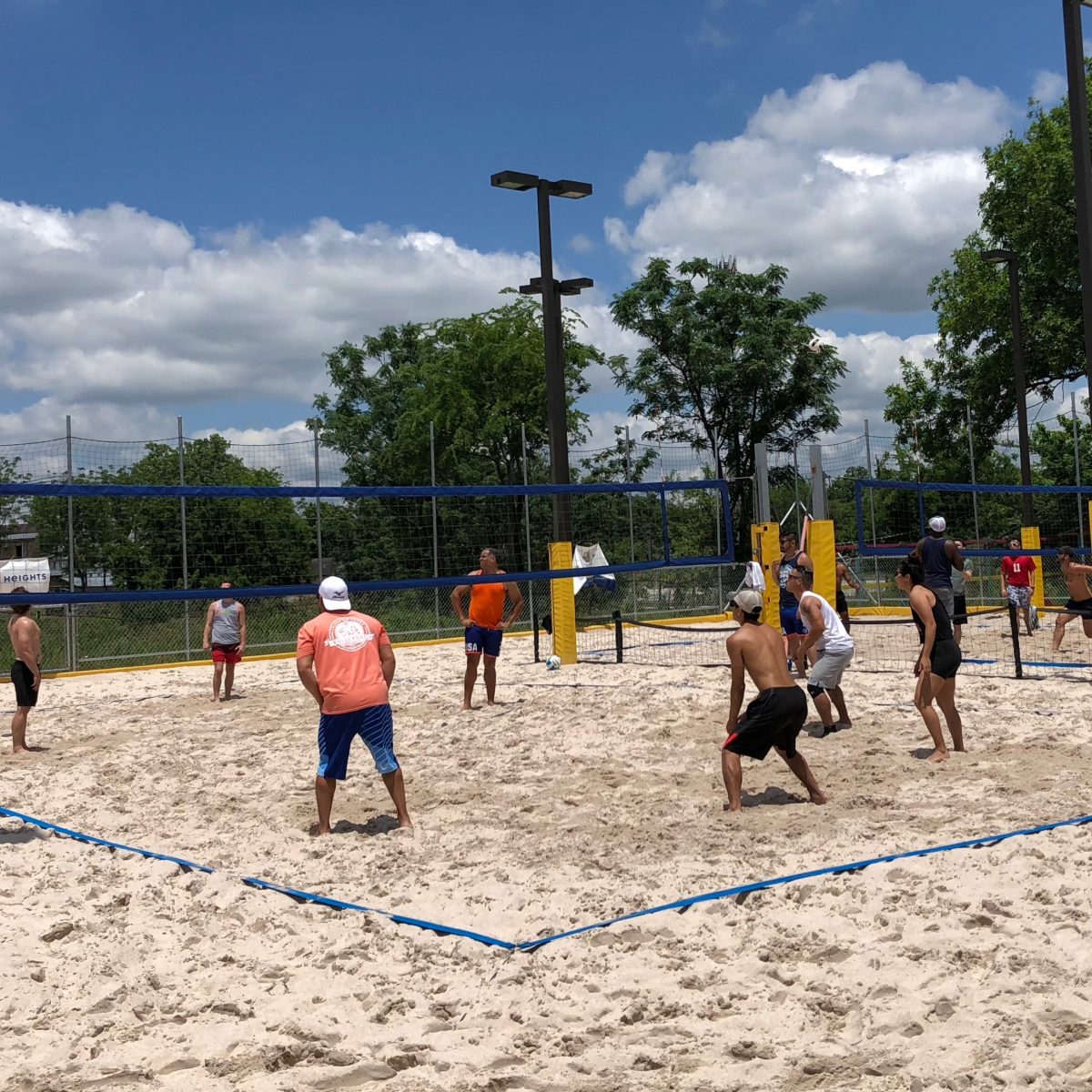When people picture beach volleyball culture, they usually just think about just the game. People don’t seem to have to think about how the ball, or the net, or the court itself got there. Like the illusion of cooking shows on TV, these things didn’t actually magically appear – specially in public parks and areas, someone had to lug all the equipment there. Someone had to lay down lines, set up the net, bring out the balls. And someone has to break it all down and clear it away at the end of the day.
In many venues, that someone is one person, or a very small group of people. The same dedicated people who will usually come week after week, spend the money out of their pockets to sustain the active social gathering. Oddly, though, this labor quickly becomes invisible. Players come to a venue simply assuming that they are entitled to challenge onto the courts, and fight to hang on to the courts. The commonly used “challenge” system can mean that those who have worked hardest to maintain a venue can end up using it the least.
The unspoken injustice shows up in the gambit where players try to find that optimal timing to arrive late enough to avoid helping with set up, and leave early enough to avoid breakdown, while conspiring to form stacked teams to play as much as possible. Or in some cases, openly await the availability of the court set up to “steal” it from the ones who have worked on it. Anecdotally, I’ve observed self-professed “advanced” players disdainful to assist in these matters, more concerned about spending time warming up or stretching out — with the unspoken implication that the this is the appropriate burden for novices.
Many communities have these selfless organizers and abused leaders, who do this for the love of the game. Afford them a bit more respect, and help to sustain the community. Offer to play with them, specially if you are borrowing their equipment. And at the very least speak your gratitude. Curb the entitlement, for those who rise in recognition often do so on the shoulders of the dedicated silent lovers of the game.
Dedicated to the memory of Sammy delaSchott.




